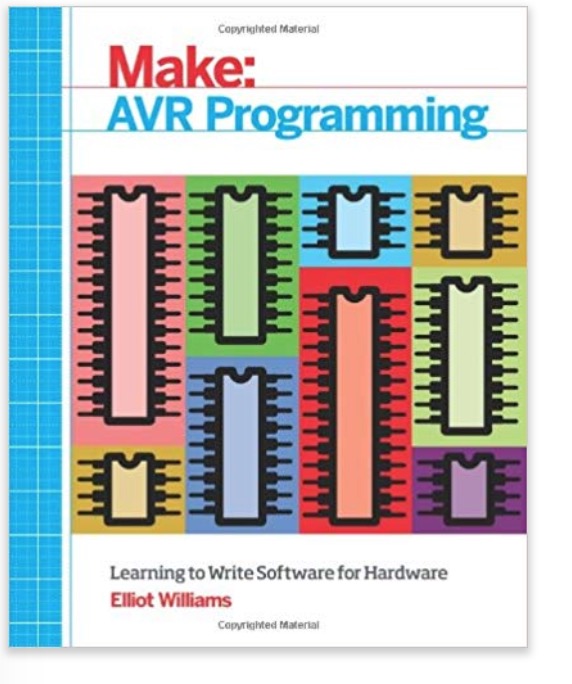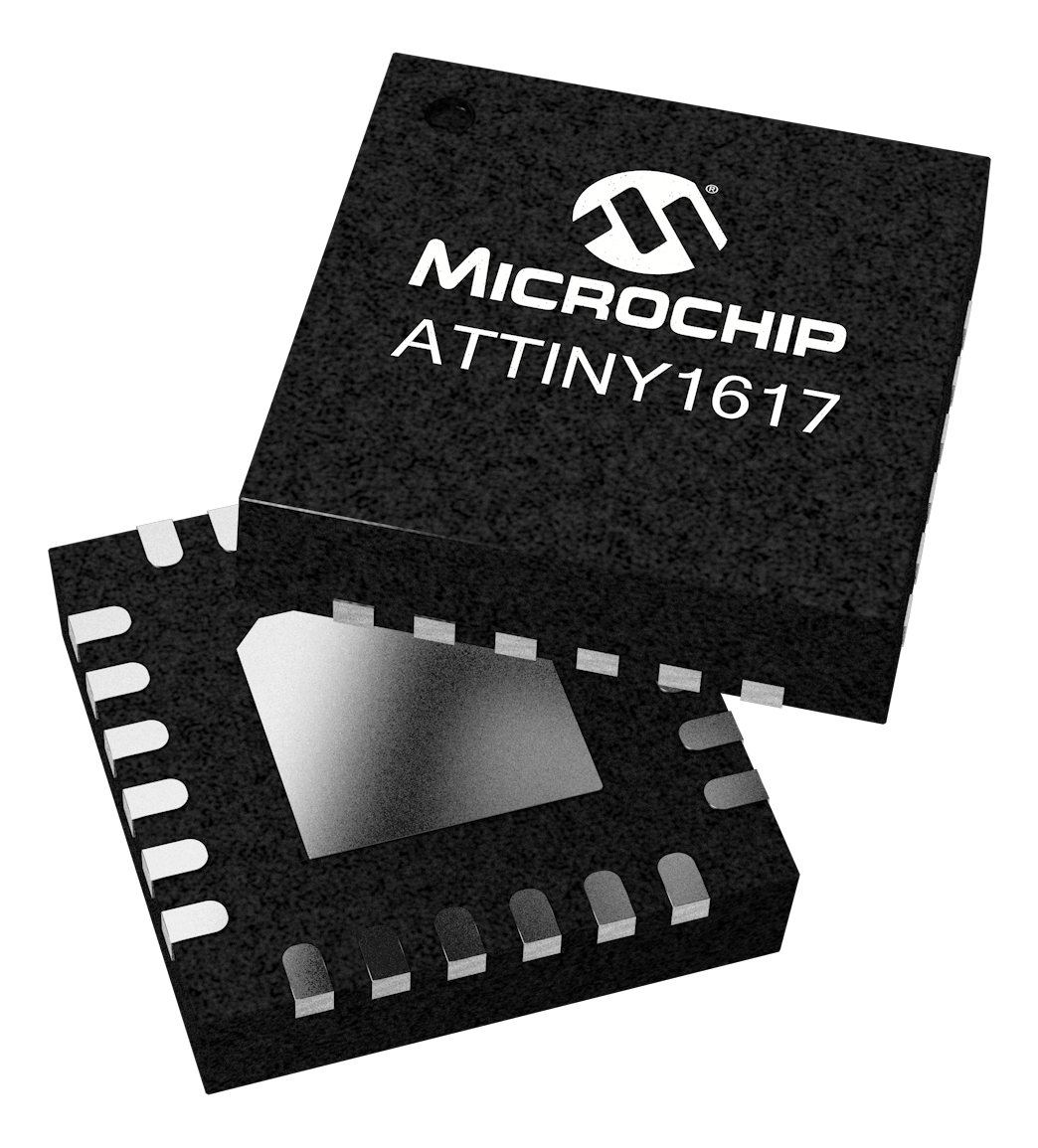Recent Posts
Microchip Technology's ATtiny1617 Series Of Microcontrollers Featuring The 8-bit AVR® Processor
Posted by on
Microchip Technology, a provider of microcontroller, mixed-signal, analog and Flash-IP solutions, has expanded its AVR microcontroller (MCU) portfolio by adding three new devices to the tinyAVR MCU family. The ATtiny1617 series of MCUs expand the range of AVR devices that feature Core Independent Peripherals (CIPs). The devices extend the memory offering for these next generation tinyAVR MCUs with new 16 KB Flash options, while remaining pin and code compatible with the recently released ATtiny817 series devices. Furthermore, all members of the family are supported by Atmel START, an online tool for graphical configuration of embedded software projects.
The MCUs offer 16 KB Flash, 256 B EEPROM, and 2 KB RAM in 14-, 20-, and 24-pin packages. The devices contain key features of other tinyAVR MCUs including the Event System Controller, which allows peripherals to communicate without using the Central Processing Unit (CPU) and enables designers to customise the configuration of the MCU for their specific application. The on-chip Peripheral Touch Controller (PTC) simplifies the development of capacitive touch systems. Other integrated features include: a 20 MHz internal oscillator, high-speed serial communication with USART, SPI, and I2C, configurable custom logic blocks, a 10-bit Analog-to-Digital Converter (ADC) with internal voltage references, operating voltages ranging from 1.8 V to 5.5 V, and picoPower® technology for sleep currents as low as 100 nA.
The devices are fully supported by the Atmel Studio 7 Integrated Development Environment (IDE), the STK600 platform and Atmel START, a free online tool to configure peripherals and software for development.
The three ATtiny MCUs are available for sampling and in volume production.
- The ATtiny1617 is available in a QFN24 package for 10k units.
- The ATtiny1616 is available in a QFN20 and SOIC20 package for 10k units.
- The ATtiny1614 is available in a SOIC14 package for 10k units.
AVR Programming: Learning to Write Software for Hardware
 Atmel's AVR microcontrollers are the chips that power Arduino, and are the go-to chip for many hobbyist and hardware hacking projects. In this book you'll set aside the layers of abstraction provided by the Arduino environment and learn how to program AVR microcontrollers directly. In doing so, you'll get closer to the chip and you'll be able to squeeze more power and features out of it.
Atmel's AVR microcontrollers are the chips that power Arduino, and are the go-to chip for many hobbyist and hardware hacking projects. In this book you'll set aside the layers of abstraction provided by the Arduino environment and learn how to program AVR microcontrollers directly. In doing so, you'll get closer to the chip and you'll be able to squeeze more power and features out of it.
Each chapter of this book is centered around projects that incorporate that particular microcontroller topic. Each project includes schematics, code, and illustrations of a working project.
- Program a range of AVR chips
- Extend and re-use other people’s code and circuits
- Interface with USB, I2C, and SPI peripheral devices
- Learn to access the full range of power and speed of the microcontroller
- Build projects including Cylon Eyes, a Square-Wave Organ, an AM Radio, a Passive Light-Sensor Alarm, Temperature Logger, and more
- Understand what's happening behind the scenes even when using the Arduino IDE
- More Information...
 Loading... Please wait...
Loading... Please wait...

